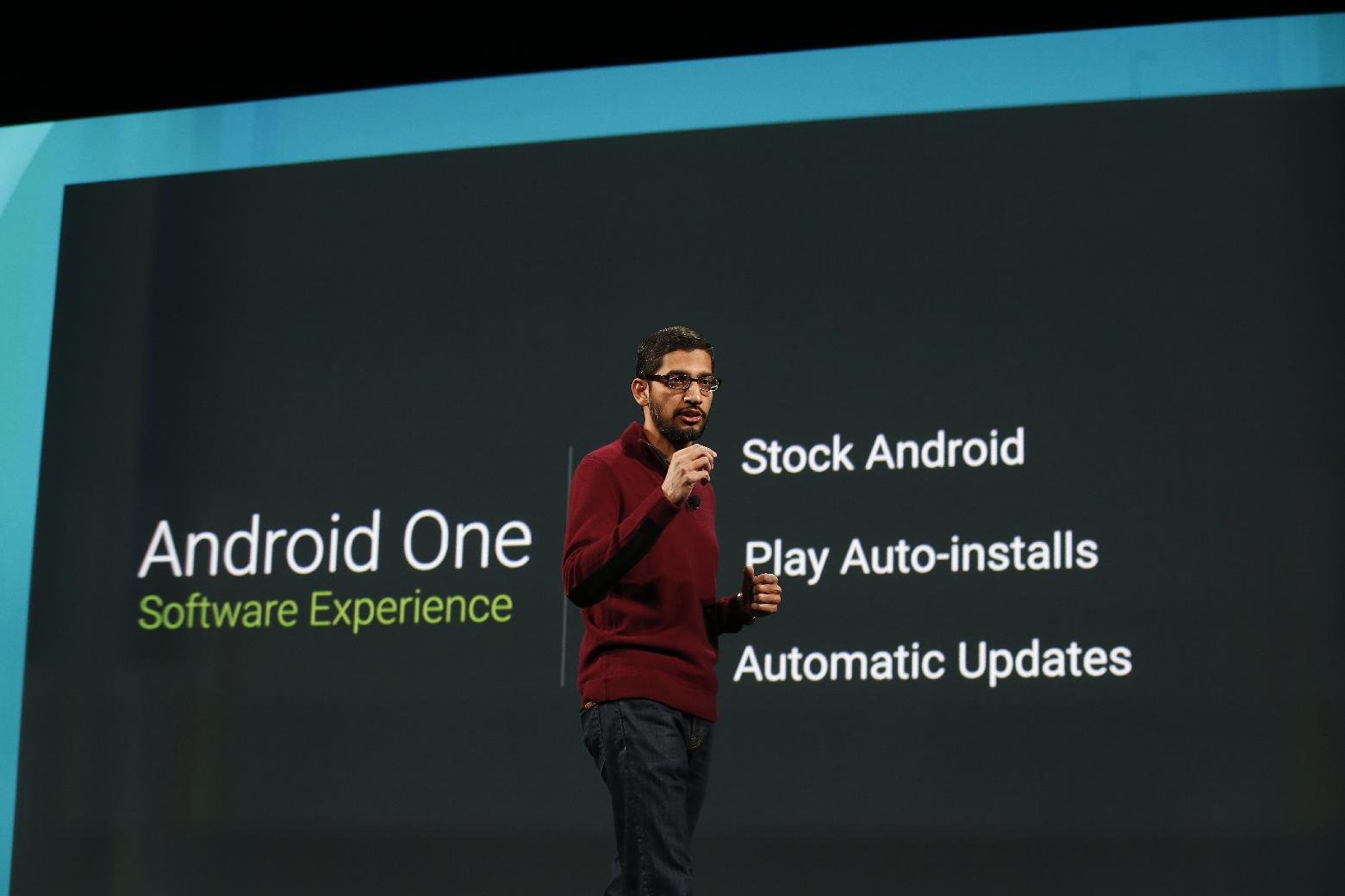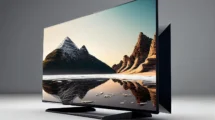Google Inc. (NASDAQ: GOOGL) — Search giant Google’s Android One initiative has seen some great success lately. After its initial launch in India back in September, it has seen mostly positive response from the customers. Now Google is looking to expand the initiative in three more countries in Asia.
Google on its Asia Pacific Blog wrote that its Android One initiative is now expanding into Nepal, Bangladesh, and Sri Lanka. Google said that it hopes to reach a combined population of 200 million people in these countries through its Android One project that aims to bring low-cost Android devices that don’t sacrifice performance.
One of the biggest problems of Android phones in a budget is that they become slower over time and manufacturers begin to abandon those phones after a short while, leaving customers with an old version of Android. With Google’s Android One, however, customers will be receiving regular updates from Google, making sure they get the latest version of Android.
Also, because Android One phones run on stock Android, the performance will be better compared to those devices that come with a manufacturer’s user interface on top.
According to Google, carrier Banglalink and manufacturer Symphony will be one of the first ones to bring Android One smartphones in Bangladesh. Symphony, a popular homegrown smartphone manufacturer in Bangladesh, will be bringing its first Android One device called Symphony Roar A50 within the next few weeks.
However, Micromax has already launched its first Android device in the country. Micromax Canvas A1 is the very first Android One device that was also released in India back in September when Android One made its first official debut in the world.
While Google hasn’t said much about Nepal and Sri Lanka, it clearly indicated that those won’t be the only countries to get Android One smartphones in 2015. The search giant plans on bringing these low cost devices to more countries and population in the next year.





